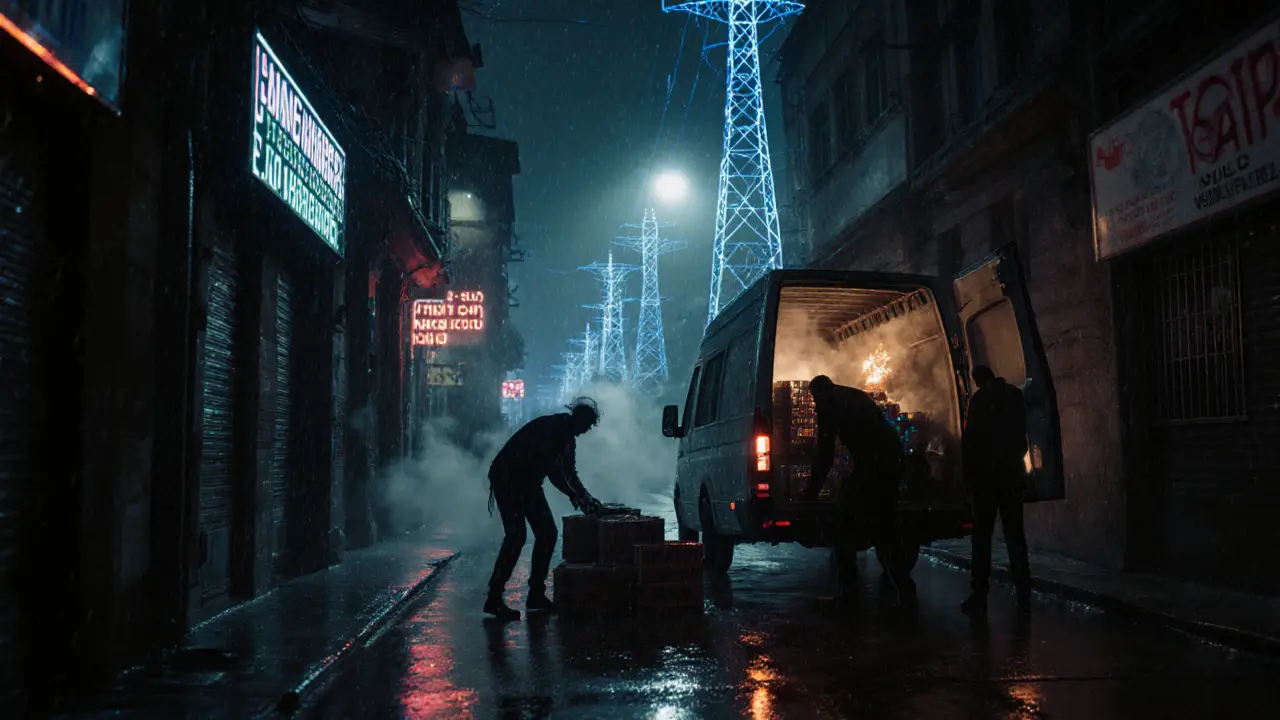Kosovo banned crypto mining in 2022 to stop power grid collapse during an energy crisis. By 2025, the ban evolved into a strict rule: mining is only legal with private, renewable power. Here's how the country is balancing energy security and digital innovation.
Energy Crisis Crypto: How Power Shortages Are Shaping Blockchain and Coin Trends
When we talk about energy crisis crypto, the intersection of global power shortages and cryptocurrency networks, we’re not just talking about higher electricity bills. We’re talking about whether Bitcoin mining can survive in countries that can’t keep the lights on. The Proof of Work, the consensus mechanism that powers Bitcoin and other energy-heavy blockchains uses more electricity than many small nations. And when governments start cutting power to data centers, or banning mining outright, the whole system feels the strain. This isn’t theoretical—it’s already happening in Kazakhstan, Iran, and parts of the U.S. where grid failures forced miners offline overnight.
That’s why blockchain energy use, how much power a crypto network consumes to validate transactions is now the #1 question investors ask. Projects that brag about decentralization but ignore their power footprint are getting called out. Meanwhile, coins using Proof of Stake, a far less power-intensive way to secure a blockchain like Ethereum or Cardano are gaining ground—not because they’re "better," but because they don’t need a power plant to run. Regulators aren’t waiting for consensus; they’re passing laws. The EU’s MiCA rules, China’s crypto ban, and even Texas’ grid restrictions all point to one thing: energy efficiency isn’t optional anymore. It’s survival.
What you’ll find below isn’t a list of "green coins" or hype-driven eco-marketing. These are real stories: memecoins with zero utility that burned through power for no reason, exchanges that got shut down for illegal mining, and blockchain projects that had to pivot because their servers couldn’t get enough juice. Some of these tokens are dead. Others are adapting. And a few might just be the next big thing—not because they’re flashy, but because they don’t need your grid to stay alive.

